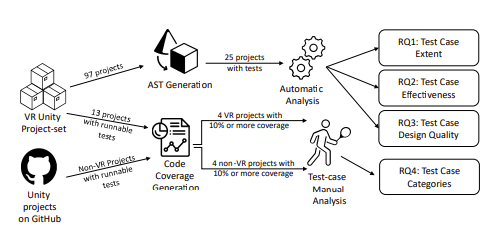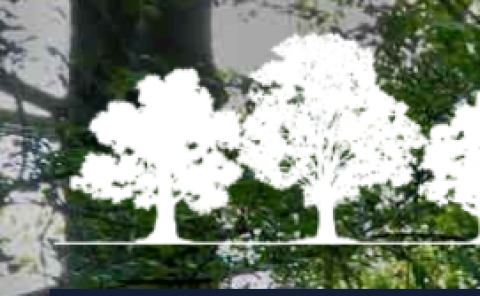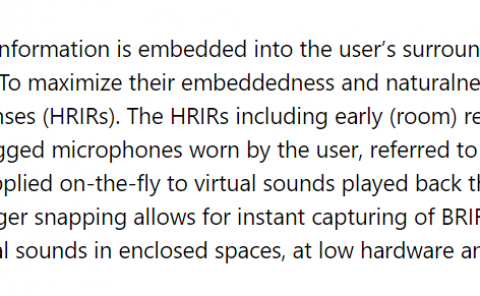Characterizing Virtual Reality Software Testing
PubDate: Nov 2022
Teams: University of Michigan - Dearborn;Villanova University;
Writers: Dhia Elhaq Rzig, Nafees Iqbal, Isabella Attisano, Xue Qin, Foyzul Hassan
PDF: Characterizing Virtual Reality Software Testing

Abstract
Virtual Reality (VR) is an emerging technique that provides a unique real-time experience for users. VR technologies have provided revolutionary user experiences in various scenarios (e.g., training, education, product/architecture design, gaming, remote conference/tour, etc.). However, testing VR applications is challenging due to their nature which necessitates physical interactivity, and their reliance on hardware systems. Despite the recent advancements in VR technology and its usage scenarios, we still know little about VR application testing. To fill up this knowledge gap, we performed an empirical study on 97 open-source VR applications including 28 industrial projects. Our analysis identified that 74.2% of the VR projects evaluated did not have any tests, and for the VR projects that did, the median functional-method to test-method ratio was low in comparison to other project categories. Moreover, we uncovered tool support issues concerning the measurement of VR code coverage, and the code coverage and assertion density results we were able to generate were also relatively low, as they respectively had averages of 15.63% and 17.69%. Finally, through manual analysis of 220 test cases from four VR applications and 281 test cases from four non-VR applications, we identified that VR applications require specific categories of test cases to ensure VR application quality attributes. We believe that our findings constitute a call to action for the VR development community to improve testing aspects and provide directions for software engineering researchers to develop advanced techniques for automatic test case generation and test quality analysis for VR applications.


